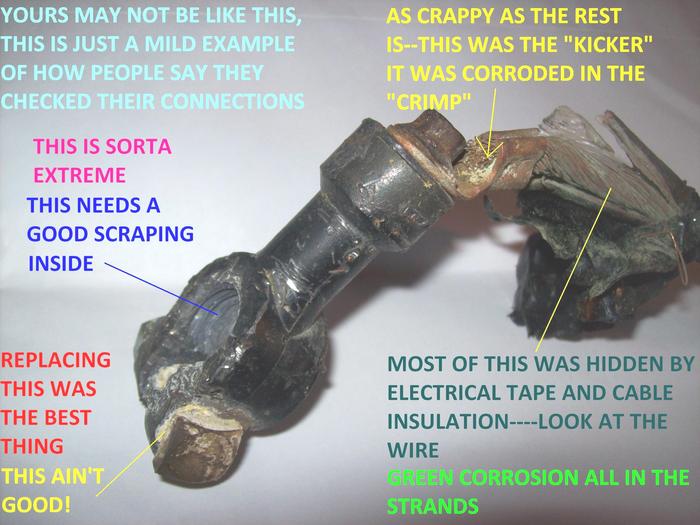When you do this testing off the engine, the starter motor is free to spin way faster than normal so it develops a lot more voltage, (that back electromotive force) and current goes down even more. Big old heavy V-8 starters will draw less than 50 amps under those conditions and appear to work fine. That's why the only way to accurately test a starter is on the engine with a load. For a better explanation with sad drawings, see:
http://randysrepairshop.net/starter-systems.html
At the bottom is a link to Ford starter system diagnostics. There are four different systems they used over the years. One of the things you might especially look for is a corroded cable at the solenoid, battery and starter. The strands of wire corrode away under the end of the insulation where you can't see it.
Another good test with this type of problem in a high-current circuit is the "voltage drop" test. It works better than measuring voltage at various places in the circuit because when the starter is kicking in and out rapidly like yours is doing, the voltage AT a point in the circuit is bouncing around wildly due to those voltage drops ACROSS a point and digital voltmeters do not average out the fluctuating voltage to make it readable. Here's a link to explain voltage drop readings and why they work better at finding this problem:
http://randysrepairshop.net/voltage-drop-tests-in-a-high-current-circuit.html
SPONSORED LINKS
Was this helpful?
Yes
No
Monday, April 1st, 2019 AT 6:13 PM
(Merged)





